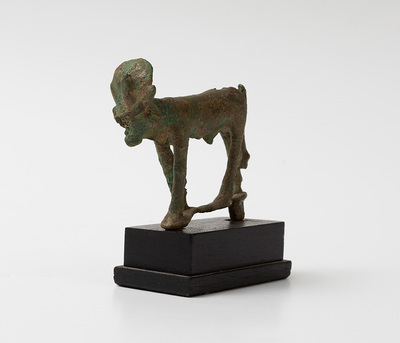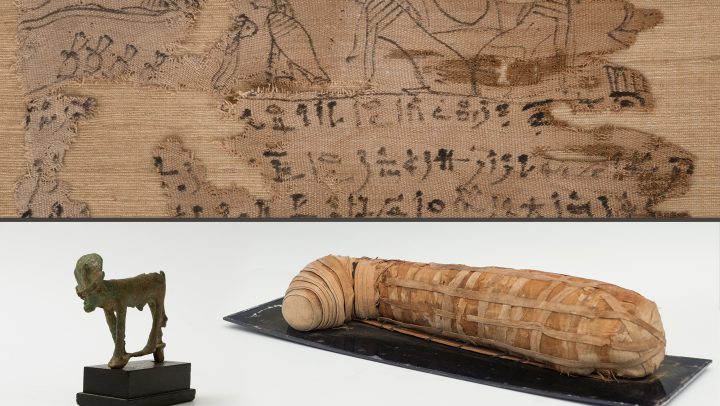Throughout all times, something that defines us as humans is our ambition to know and explain the reason for what surrounds us: the flight of birds, rain or death. Science, philosophy and even religion have tried to offer explanations for these questions, the case of Egyptian cosmology being one of the most interesting.
In the Egyptian civilization, the nature that surrounded them was a manifestation of the superior and divine forces that ordered the world. For example, the solar disk Aton was the physical appearance of deity Ra who, in turn, was responsible for all the good that light provides. This explanation advances to the point of identifying their gods with part of nature, the animals.
Anubis, god protector of the dead and their guide in the underworld, was personified in the form of a jackal. Why assign this animal to the god? Jackals prowled among the cliffs and boulders surrounding the necropolises in search of carrion to feed on. The Egyptians, seeing these animals in arid and unpopulated areas, considered them to act as guardians of their deceased and, therefore, the assimilation between one and the other is evident.

Cats were one of the favorite pets in the Egyptian culture for millennia, so much so that the idea that they worshipped them has come down to us. The Egyptians did not consider the animal itself to be a god, in this case, but rather that it was under the protection of the goddess Bastet and therefore possessed a special dignity. Cats were cared for, firstly, because of the benefits they brought to the domestic environment (eliminating mosquitoes or rats, carriers of diseases) and secondly, because of their special link with one of the main figures of the Egyptian pantheon. It is therefore logical that this goddess Bastet is considered the patroness of the home.
Animal care continued even after death. To endow an animal with the privilege of mummification is to highlight its dignity and importance. The case of a cat mummy, especially during the Ptolemaic period, is the product of an offering. Within the Egyptian rituals, making offerings was the most common, sometimes it could be food, drink or the animal linked to the god. Ibis for the protector of knowledge Thot, crocodiles for Sobek and for Bastet, his cats. Analyses of the feline mummies have revealed that, in many cases, they did not die a natural death. This would explain the existence of an industry related to offerings. They raised the cats to adulthood only to turn them into mummies to be offered as offerings to the goddess. Logically, these offerings would have a high cost and would generate a source of income for the embalmers, breeders and priests of the temple. The demand for these cat mummies was so high that even fakes have been found, that is to say, empty mummies only with the appearance of being that of a cat.

The Egyptians understood that a god could manifest itself in various forms, the kind and protective face of the home was Bastet, identified as we said with a cat. Her appearance metamorphosed into that of a lioness when her attributes were that of chaos, fury and war. Good and evil gathered in the same god that demanded different representations. For example, the goddess of love Hathor was represented as a tender cow but her male side, the bull, was identified with Apis.

Apis was venerated in the city of Memphis, one of the oldest cities of mankind. There, a bull or an ox was considered a living reincarnation of the god on earth. A god among men. The ox lived in luxury, was always cared for by two twins until his death, bathed, living in a stable-palace among flowers and incense. This devotion continued after his death. The immense corpse was mummified with the same honors as that of a pharaoh, official mourning and feast with procession to his mausoleum. The serapeum of Sakara housed the mummies, hundreds of sacred animals in sarcophagi of more than sixty tons of stone. Her cult spread throughout the Roman Empire, which is why the artistic manifestations of Apis were constant until the 4th century.



